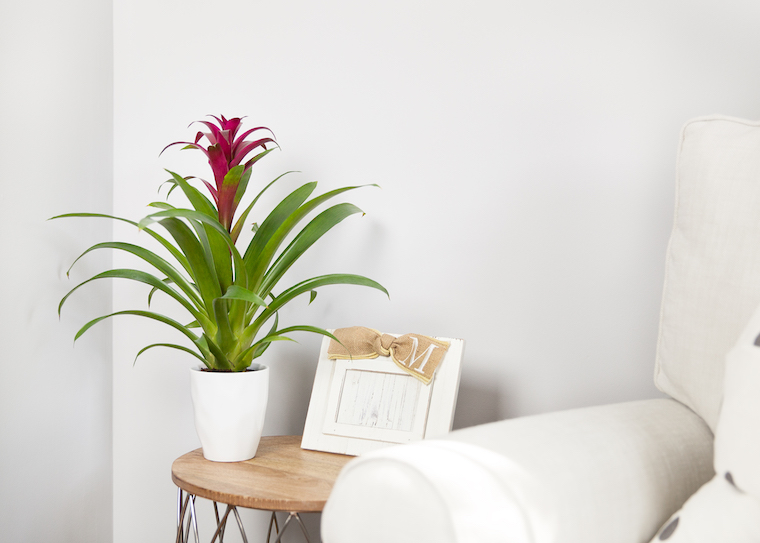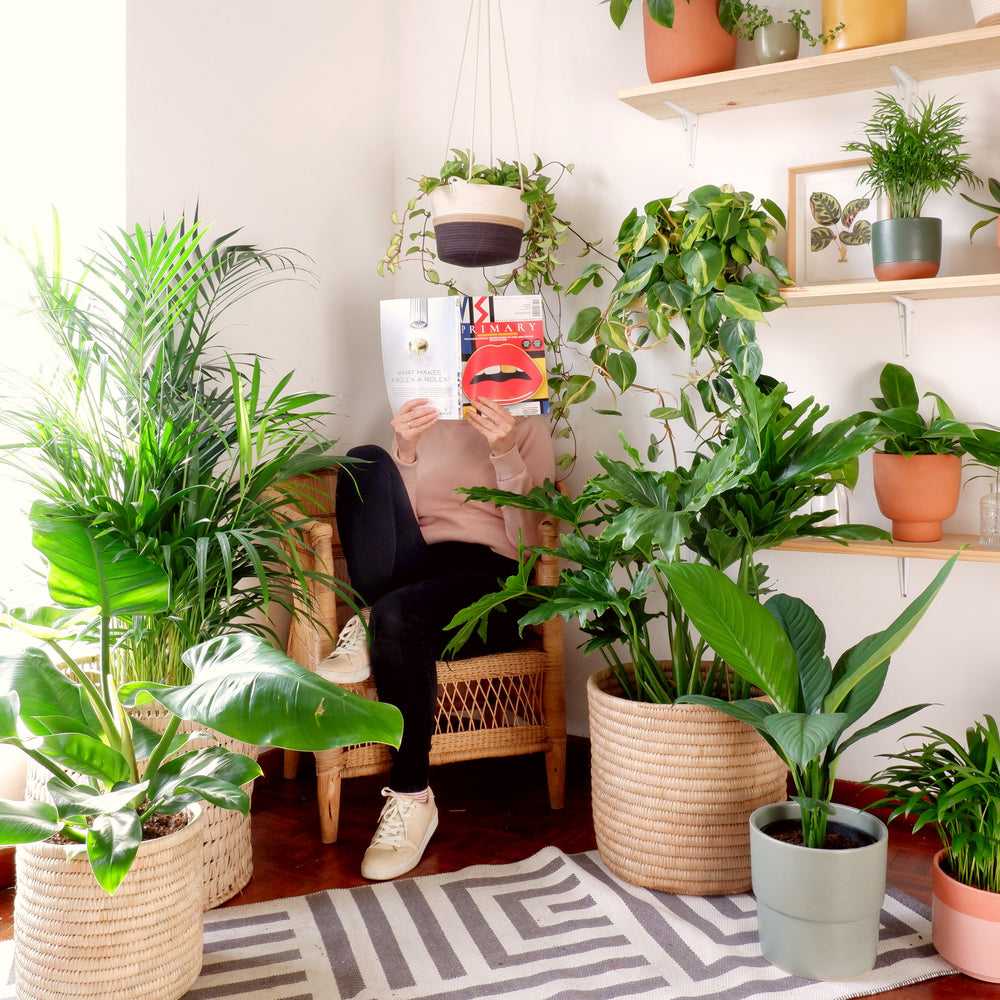How to Choose the Best Low-Light Indoor Plants for Your Interior Design Needs
How to Choose the Best Low-Light Indoor Plants for Your Interior Design Needs
Blog Article
Discover the Tricks of Low-Light Indoor Plants and Exactly How They Enhance Your Atmosphere
Low-light interior plants have actually amassed raising focus for their unique ability to enhance both aesthetic appeal and environmental quality within homes and workplaces. These resilient species, consisting of the Serpent Plant and Tranquility Lily, not just prosper in difficult illumination conditions but likewise play a critical function in air purification and emotional health. Recognizing the details advantages and treatment requirements of these plants can substantially affect your living space. As we explore the intricacies of their benefits, you might find insights that can change your environments in unforeseen ways.
Benefits of Low-Light Indoor Plants
Although lots of people think that interior plants require plentiful sunlight to prosper, low-light indoor plants supply a wide variety of benefits that make them excellent for different settings. One of the key advantages is their flexibility; they can thrive in rooms with limited all-natural light, such as offices, cellars, or areas with little home windows. This function permits individuals to improve their environments with greenery, adding to improved visual appeals without the demand for comprehensive illumination modifications.
Additionally, low-light interior plants can considerably boost indoor air high quality by releasing and filtering system hazardous contaminants oxygen, making living rooms healthier. Research has shown that particular selections can absorb contaminants, thus advertising a cleaner environment. In addition, they can enhance psychological wellness by reducing stress and boosting efficiency. The existence of plants has been linked to greater feelings of harmony and emphasis.
Furthermore, low-light plants frequently require less maintenance than their sun-loving counterparts, making them optimal for hectic individuals or those new to horticulture. Their strength permits them to love very little intervention, thus providing a rewarding experience for plant fanatics and amateurs alike. In recap, low-light indoor plants serve both visual and practical purposes, making them valuable enhancements to any type of area.
Top Low-Light Plant Varieties
Low-light interior plants can be found in a range of species, each offering unique characteristics and advantages fit for dim settings. Amongst the most preferred selections is the Serpent Plant (Sansevieria), recognized for its air-purifying abilities and building fallen leaves. This resilient plant grows on neglect and can endure a vast array of light conditions.
One more excellent selection is the ZZ Plant (Zamioculcas zamiifolia), which features shiny, dark eco-friendly fallen leaves and is extremely drought-tolerant. Its flexibility makes it a preferred for workplaces and homes with restricted sunshine.
The Pothos (Epipremnum aureum) is also a leading contender, with its tracking vines and heart-shaped leaves - Best low-light indoor plants. This functional plant can be trained to climb up or waterfall, adding aesthetic interest to any type of room

Treatment Tips for Low-Light Plants
Looking after low-light indoor plants calls for a nuanced understanding of their particular needs to make certain optimum development and vigor. It is crucial to choose the best potting mix, as a well-draining dirt is critical to prevent origin rot. A blend created for houseplants, frequently having peat moss and perlite, functions well for the majority of low-light selections.
Watering is another crucial aspect of care. Low-light plants usually need less regular watering contrasted to their sun-loving equivalents. It is recommended to examine the leading inch of soil; if it feels completely dry, it's time to water. Overwatering can bring about problems such as mold and mildew and origin degeneration.
Fertilization ought to be approached with caution. Throughout the expanding period, a watered down fluid fertilizer can be applied monthly, however in cold weather, many low-light plants enter dormancy and need little to no fertilizing.
Last but not least, it is very important to periodically clean up the leaves to eliminate dirt, allowing for far better light absorption. By sticking to these treatment suggestions, you can cultivate a successful setting for your low-light interior plants, boosting both their look and longevity.
Enhancing Air Quality With Plants
Indoor plants play a significant role in boosting air top quality within homes and office. Via the procedure of photosynthesis, these plants take in carbon dioxide view it and launch oxygen, adding to a much healthier environment. Furthermore, specific low-light indoor plants possess the capacity to filter harmful pollutants, such as formaldehyde, trichloroethylene, and benzene, which are typically found in indoor settings.
:strip_icc()/philodendron-b37371f3-c7eb0d91eedb4946b5854c08914dc82c.jpg)
Furthermore, the existence of indoor plants can enhance humidity levels, which helps reduce dry skin and respiratory concerns, better boosting general wellness. This ability to enhance air quality not just advertises physical health and wellness however also supports psychological health.
Integrating low-light indoor plants into your living and functioning spaces can result in a more stimulating and lively atmosphere (Best low-light indoor plants). Buying these all-natural air cleansers is an easy yet effective strategy for boosting indoor air quality and cultivating a healthier lifestyle
Developing a Tranquil Indoor Space
The assimilation of plants into living areas not only boosts air high quality but additionally contributes to a peaceful environment. Low-light indoor plants, such as serpent plants and pothos, are especially effective in producing a peaceful setting, as they prosper in conditions that might or else be inhospitable for various other greenery. Their lavish foliage gives a calming visual, decreasing stress and anxiety and promoting leisure.
Incorporating these plants right into your office or home can stimulate a feeling of peace and health. Strategically positioning them in locations where you spend substantial time, such as living spaces or work spaces, enables an immersive experience with nature, which has been revealed to boost mood and cognitive function.
Moreover, the gentle motion of fallen leaves in response to air flow can develop a dynamic visual aspect that boosts the overall atmosphere. Take into consideration using a variety of plant heights and appearances to include deepness and interest to your area. With thoughtful placement and treatment, low-light interior plants can transform any area into a tranquil refuge, fostering not only aesthetic satisfaction but emotional and additionally emotional wellness.

Final Thought
Integrating low-light interior plants right into various atmospheres yields considerable advantages, consisting of boosted air top quality and enhanced aesthetic appeal. The transformative power of low-light plants highlights their value in improving both property and job-related setups.
Although numerous people assume that interior plants need plentiful sunlight to flourish, low-light indoor plants supply a wide variety of advantages that make them ideal for various atmospheres.Furthermore, low-light indoor plants can dramatically boost interior air top quality by launching and filtering hazardous toxins oxygen, making living look here rooms healthier. Furthermore, certain low-light interior plants possess the capacity to filter unsafe contaminants, such as trichloroethylene, benzene, and formaldehyde, which are generally found in interior atmospheres.
Low-light indoor plants, such as serpent plants and pothos, are particularly reliable in producing a calm atmosphere, as they thrive in conditions that might otherwise be unwelcoming for other plant.Incorporating low-light interior plants right into different settings yields substantial benefits, consisting of improved air high quality and boosted aesthetic allure.
Report this page